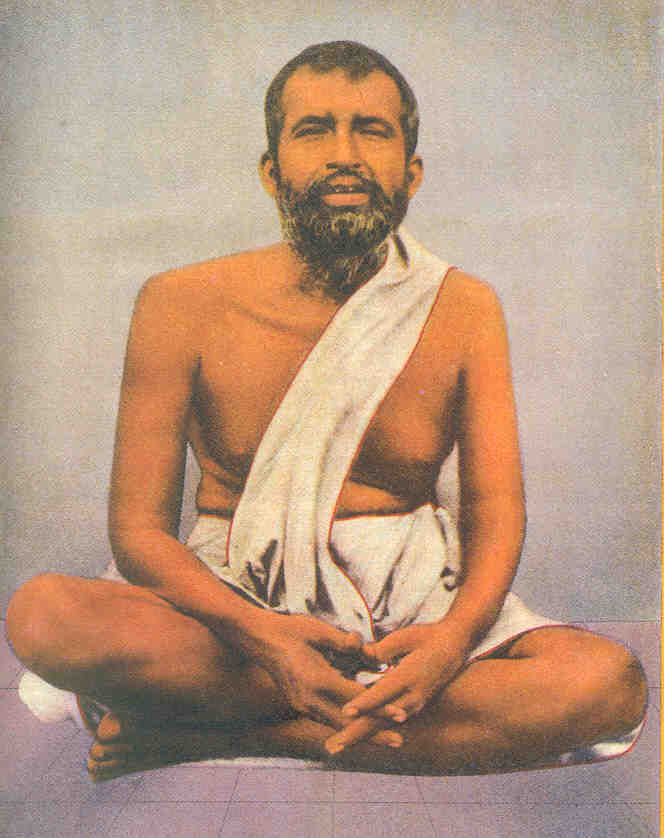About Bharatiya Sanatana Dharmam otherwise known as Hinduism : 12- - Swami Sivananda.
================================================================
========================================================================
Tuesday, April 26, 2022. 6:00.
Chapter - 12.
Hindu Philosophy-I
=======================================================================
INTRODUCTION :
The Sutras or aphorisms of Vyasa are the basis of the Vedanta philosophy. These Sutras have been variously explained by different commentators. From these interpretations have arisenseveral schools of philosophy, viz., Kevala Advaita philosophy of Sri Sankaracharya thephilosophy of Qualified Monism or Visishtadvaita of Sri Ramanujacharya, the Dvaita philosophy of Sri Madhvacharya, the Bhedabheda philosophy of Sri Nimbarkacharya, the Suddha Advaita philosophy of Sri Vallabhacharya, the Achintya Bhedabheda philosophy of Sri Chaitanya and the Siddhanta philosophy of Sri Meykandar.
Each system of philosophy treats of three main problems, viz., God, world and soul. The
several schools of philosophy are only different attempts at discovering the Truth.
The different Acharyas, belonging to distinctly different cults, became founders of sects and
great system-builders. The followers of these schools sought to prove their orthodoxy by
interpreting the Vedanta Sutras in accordance with their own tenets, showing their claim to be basedon, and regularly evolved from, ancient tradition.
----------------------------------------------------------------------------------------------------------
HINDU PHILOSOPHY—I
SRUTI—THE COMMON BASIS OF ALL SCHOOLS
The Vedanta schools base their doctrines on the Upanishads. The Upanishads, the Vedanta Sutras and the Bhagavad-Gita are regarded as the authoritative scriptures. They are called Prasthana-Traya Granthas. Different commentators of the Vedanta Sutras have formed different views on the true nature of Brahman, but they all base their theories on the supreme authority of the Sruti. To reject any one of these views is to reject the Sruti itself.
-------------------------------------------------------------------------------------------------------
THE THREE MAIN SCHOOLS OF METAPHYSICAL THOUGHT
Dvaita, Visishtadvaita and Advaita
Sri Sankara, Sri Ramanuja and Sri Madhva are the most illustrious commentators on the Vedanta Sutras. These commentators have tried to establish theories of their own, such asAdvaita-Vada (unqualified non-dualism or uncompromising or rigorous monism), Visishtadvaita-Vada (differentiated or qualified monism) and Dvaita-Vada (strict or rigorousdualism). Sankaracharya had in view, while preparing his commentary, chiefly the purpose of combating the baneful effects which blind ritualism had brought to bear upon Hinduism.
Dualism (Dvaita), Qualified Monism (Visishtadvaita) and Monism (Advaita) are the three main schools of metaphysical thought. They are all stages on the way to the Ultimate Truth, viz.,Para-Brahman. They are rungs on the ladder of Yoga. They are not at all contradictory. On the contrary, they are complimentary to one another. These stages are harmoniously arranged in a graded series of spiritual experiences. Dualism, Qualified Monism, Pure Monism—all these culminate eventually in the Advaita Vedantic realisation of the Absolute or the transcendental Trigunatita Ananta Brahman.
Madhva said: “Man is the servant of God,” and established his Dvaita philosophy. Ramanuja said: “Man is a ray or spark of God,” and established his Visishtadvaita philosophy. Sankara said: “Man is identical with Brahman or the Eternal Soul,” and established his Kevala Advaita philosophy.
A Dvaitin wants to serve the Lord as a servant. He wishes to play with the Lord. He wishes to taste the sugar-candy. A Visishtadvaitin wants to become like Lord Narayana and enjoy the divine. He does not wish to merge himself or become identical with the Lord. He wishes to remain as a spark. A Jnani merges himself in Brahman. He wishes to become identical with Brahman. He wants to become the sugar-candy itself.
People have different temperaments and different capacities. So, different schools of
philosophy are also necessary. The highest rung is Advaita philosophy. A dualist or qualified
monist eventually becomes a Kevala Advaitin.
*****
Next - DIFFERENT CONCEPTIONS OF BRAHMAN ONLY DIFFERENT APPROACHES TO THE REALITY
To be continued ....
================================================================









.jpg)

Comments
Post a Comment